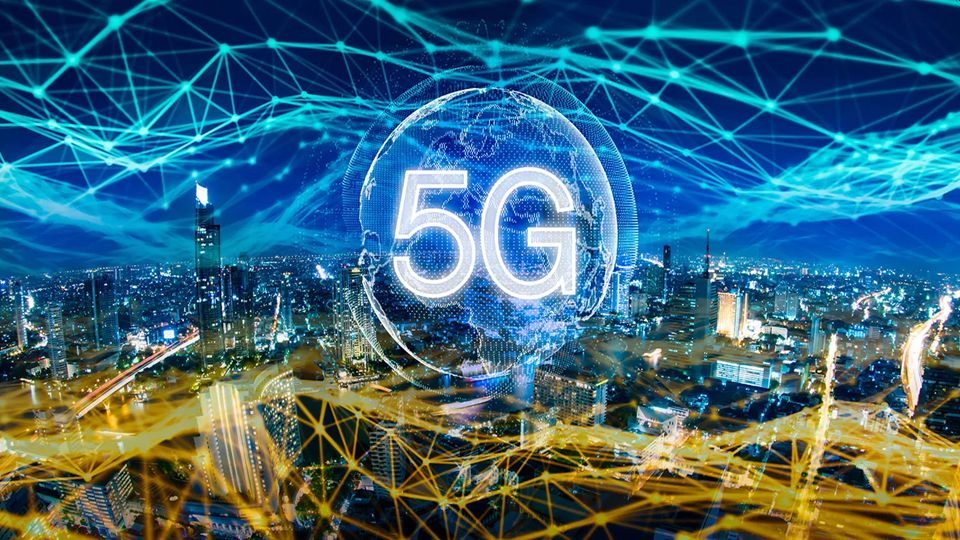
16 Jun FUTURIST SPEAKER: WELCOME TO A WHOLE NEW WORLD OF WEB SERVICES
No surprises here: Web services have revolutionized the way businesses and individuals interact with online data and information. These solutions have further enabled seamless integration of software applications and data exchange between disparate systems, allowing for greater collaboration, productivity, and innovation. Nonetheless, as with all technological innovations, the future of web services is constantly evolving. What say we map it out here?
Right off the bat, let’s think about the general move towards serverless computing. Also known as function-as-a-service (FaaS), it makes it possible for developers to write and deploy code without worrying about infrastructure management. Instead of provisioning and managing servers, serverless computing effectively enables developers to focus on writing code, which is executed automatically in response to specific events or triggers. This trend is likely to accelerate in the future, as businesses seek to reduce their operational costs and increase their agility.
Then you might consider the rise of microservices architecture. It’s a software design pattern that breaks down complex applications into smaller, independent services. Each service is responsible for a specific function, such as user authentication or data storage, and can be deployed and scaled independently. Basically, if you think about it, microservices architecture enables greater flexibility, modularity, and scalability, which are essential for modern web services. We see it on the uptick in coming years, as businesses seek to build more flexible and scalable web services that can adapt to changing user needs and business requirements.
The future of web services will also invariably bring increasing adoption of artificial intelligence (AI) and machine learning (ML) capabilities. And why not? Such smart upgrades can be used to automate tasks, improve decision-making, and provide more personalized experiences to users. These technologies are already being used in web services, such as chatbots and recommendation engines, and are likely to become more prevalent in the future. For example, AI and ML can be used to automate customer support, detect fraud, and provide personalized content and recommendations to users.
Data privacy and security are hot topics for the foreseeable future too. As web services become more complex and interconnected, they also become more vulnerable to cyberattacks and data breaches. In response, businesses are investing in better security measures, such as encryption and multi-factor authentication. What’s more, regulations such as the General Data Protection Regulation (GDPR) and the California Consumer Privacy Act (CCPA) are placing heightened focus on data privacy and security.
And, naturally, the future of web services should also bring greater integration with emerging technologies such as blockchain and the Internet of Things (IoT). In the former case, blockchain technology can enable secure, decentralized data storage and management, while the IoT can provide real-time data on everything from machine performance to environmental conditions. These technologies can be used to create new types of web services, such as decentralized marketplaces or real-time environmental monitoring platforms. They can also be used to enhance existing web services, such as supply chain management and logistics.



